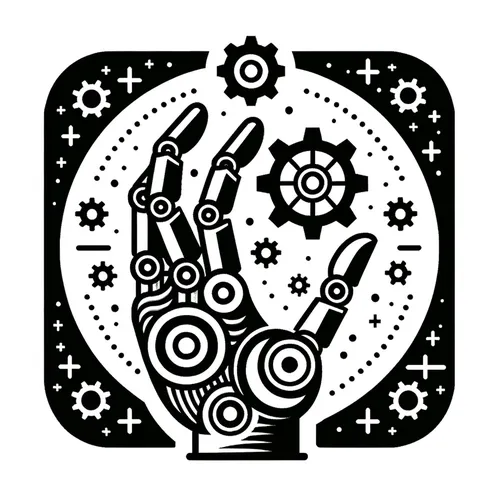Robots Flex Muscles: AI Powers Up, Markets Shift, and Tech Giants Make Moves
- Author
- Quiet. Please
- Published
- Fri 25 Jul 2025
- Episode Link
- https://www.spreaker.com/episode/robots-flex-muscles-ai-powers-up-markets-shift-and-tech-giants-make-moves--67109000
This is you Robotics Industry Insider: AI & Automation News podcast.
The robotics and automation world is at an inflection point, as the past week demonstrates dramatic advances and intriguing market shifts. Major governments are accelerating strategies to promote artificial intelligence and automation, funneling billions into infrastructure and incentives, which is directly fueling the next wave of robotics integration in industry. Tech leaders have launched a new class of robots built to handle heavier workloads and to collaborate seamlessly with humans, signaling a deepening automation push in manufacturing and logistics, while startups innovate at the consumer frontier with robots now used in surprising sectors like sports training and entertainment according to reporting from TS2 Tech and Robotics and Automation News.
Recent breakthroughs reveal a relentless drive toward smarter, more adaptive machines. One of the most striking is the launch of the PUDU MT1 Vac, an AI-powered sweeper and vacuum for industrial cleaning, introduced by Pudu Robotics to address operational challenges in commercial environments. Meanwhile, Photoneo has unveiled the PhoXi 3D Scanner Gen3 with blue laser technology, promising unmatched precision and reliability for industrial scanning. These tools exemplify how artificial intelligence is no longer just the 'brain' of robots, but a core technology unlocking higher autonomy and perception, as noted by industry analysts at Interact Analysis.
Despite a modest contraction in the global industrial robot market in 2024 and a notable slowdown in collaborative robot shipments, the long-term outlook remains strong. Experts predict a rebound for industrial robot demand in 2025, with collaborative robots poised for a new growth cycle as businesses invest in flexible automation. Across the board, market data from Straits Research and Grand View Research puts the global industrial automation and control systems market at around 209 to 226 billion dollars in 2025, set to double by 2030 on the momentum of Industry 4.0, AI, and workforce shortages.
Technical advancements are being translated into partnerships and acquisitions as well—E Tech Group’s acquisition of JSat Automation is a clear sign of integration and expansion across continents, increasing the capability to deliver turnkey automation for industry.
For listeners, the takeaway is clear: automation technology continues to unlock productivity, with companies seeing up to twenty-two percent reductions in operating costs and rapid returns on investment through robotic process automation, according to Thunderbit. But the right implementation is key, as nearly seventy percent of automation projects fall short due to operational misalignment, highlighting the need for careful planning and digital transformation expertise.
Looking forward, the convergence of AI and robotics foreshadows a future where machines are more perceptive, versatile, and economically essential. Enterprises should focus on pilot testing new robot assistants, invest in interoperability between AI systems and legacy equipment, and foster partnerships that accelerate skill development for both workers and machines. The signals from this week’s news tell us that the robotics revolution is moving from anticipation to reality.
Thank you for tuning in to Robotics Industry Insider: AI and Automation News. Join us again next week for more insights. This has been a Quiet Please production, and for more from me, visit Quiet Please Dot AI.
For more http://www.quietplease.ai
Get the best deals https://amzn.to/3ODvOta
